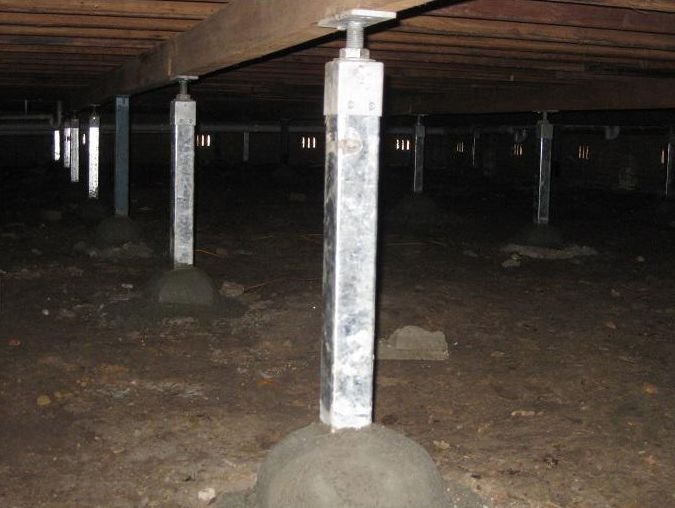Table of Contents
Introduction:
Have you found yourself in the midst of a building project, pondering the choice between various materials for your house stumps? Or flipping through an architecture magazine, finding yourself intrigued by the idea of steel house stumps, but unsure of their practical benefits? Well, you’re not alone. So, readers, in this post, we’ll turn the spotlight on one particular material: steel. With its modern appeal, significant durability, and undeniable strength, steel may just be the trump card you’ve been looking for.
Imagine a building material that promises longevity, strength, and minimal maintenance. Add to this the ability to stand up to the daunting forces of Mother Nature and the burden of our architectural dreams and expectations. Sounds like a dream? Well, welcome to the world of steel house stumps.
From high-end architectural designs to humble dwellings, steel stumps are making a major impact. Let’s delve into their strengths, drawbacks, and why they’re such a significant player in modern building construction.
Steel Stumps: Why The Hype?
“Aesthetics may catch the eye, but it is the strength and durability of a material that wins the hearts of architects and builders. Steel, an alloy primarily comprising iron and carbon, offers unrivalled strength and a long life span.
Astoundingly, steel’s strength-to-weight ratio exceeds that of its concrete and timber contemporaries, making it a popular choice for house stumps. This focus on strength does not diminish its ability to be versatile and adaptable—here lies steel’s true appeal.
Designers find freedom in steel’s unruly versatility, allowing them to bring to life designs that otherwise would remain confined to paper and imaginations. This trifecta of strength, durability, and adaptability is why steel finds itself a darling of the construction world.”
Breaking Down The Benefits: Pros Of Steel House Stumps
“Adaptability, strength, and durability aside, steel stumps promise longevity with minimal maintenance—a factor builders can’t ignore. It drastically reduces the potential for damage from termites, insects, and fungal decay—common issues when using timber stumps.
The advantages of steel, however, go far beyond these practical aspects. Steel makes a clear statement of modernity and sophistication, which traditional materials often fail to match. Its sleek presence can bring a sense of boldness and refinement to any architectural design.
Moreover, steel’s recyclability makes it favourable amongst environmentally conscious builders, giving it a sustainable edge.”
Facing The Music: Cons Of Steel House Stumps
“No material is without its limitations, a sentiment that holds true even for steel. Steel house stumps don’t react kindly to environments with high salinity or humidity levels, making them susceptible to corrosion.
Sure, there are ways to combat this, such as galvanisation and regular maintenance, but they involve additional costs—thus, adding to the budget. These extra steps also create a reliance on professional guidance, inevitably increasing costs.
Despite its chic starkness, some deem its aesthetic appeal lacking in comparison to the warmth of timber or the raw character of stone.”
When To Opt For Steel House Stumps
Choosing your building materials comes down to three central factors: functionality, aesthetic preference, and budget. Steel stumps shine in projects where strength, longevity, and a modern aesthetic are top priorities.
However, for projects located near the coast or areas prone to high humidity, precautions are necessary. Should your budget allow for the extra steps, steel house stumps would still be a solid choice in such circumstances.”
The Architect’s Perspective: Insights Into Steel Stumps
“Steel adds a unique dimension to architectural designs. With it, architects can challenge the norms, playing with voluminous spaces and daring cantilevers.
Yet, steel lends itself not only to linear and symmetrical structures but also to expressive and sculptural forms, making it a prized ally for architects. The use of steel brings a progressive touch to design, making it stand out among the more traditional material choices.”
Conclusion:
“Steel house stumps, with their durability, strength, and assertive aesthetic, offer a compelling alternative to traditional materials. They free architects and builders from the constraints often associated with other building materials, enabling them to push boundaries and create stunningly modern and resilient structures.
So, if your project demands an infusion of modern aesthetics, robustness, and sustainability, steel house stumps could prove to be an excellent choice. To ensure you make the most of this material, always remember to involve an experienced professional in your decision-making process. After all, strength isn’t just about material. It’s about strategy, planning, and execution as well.








